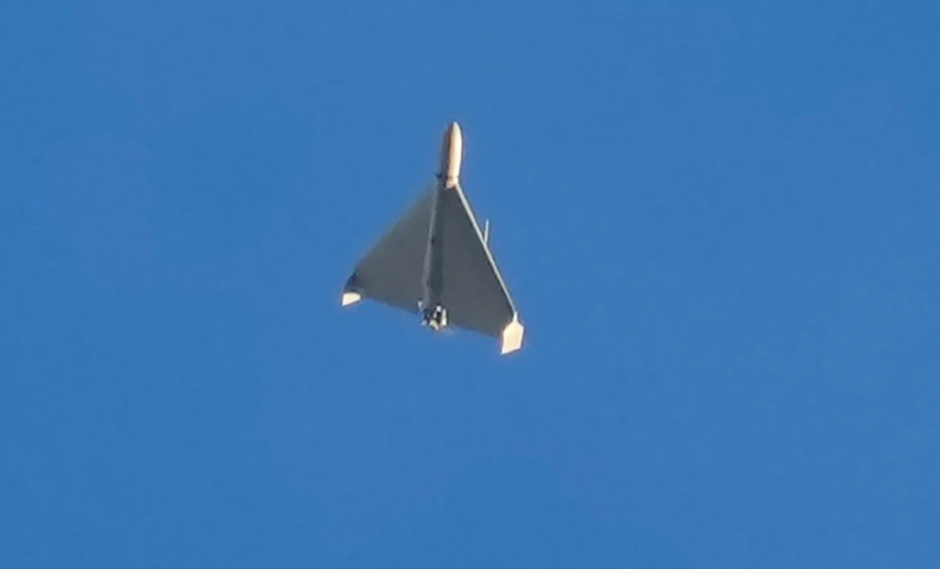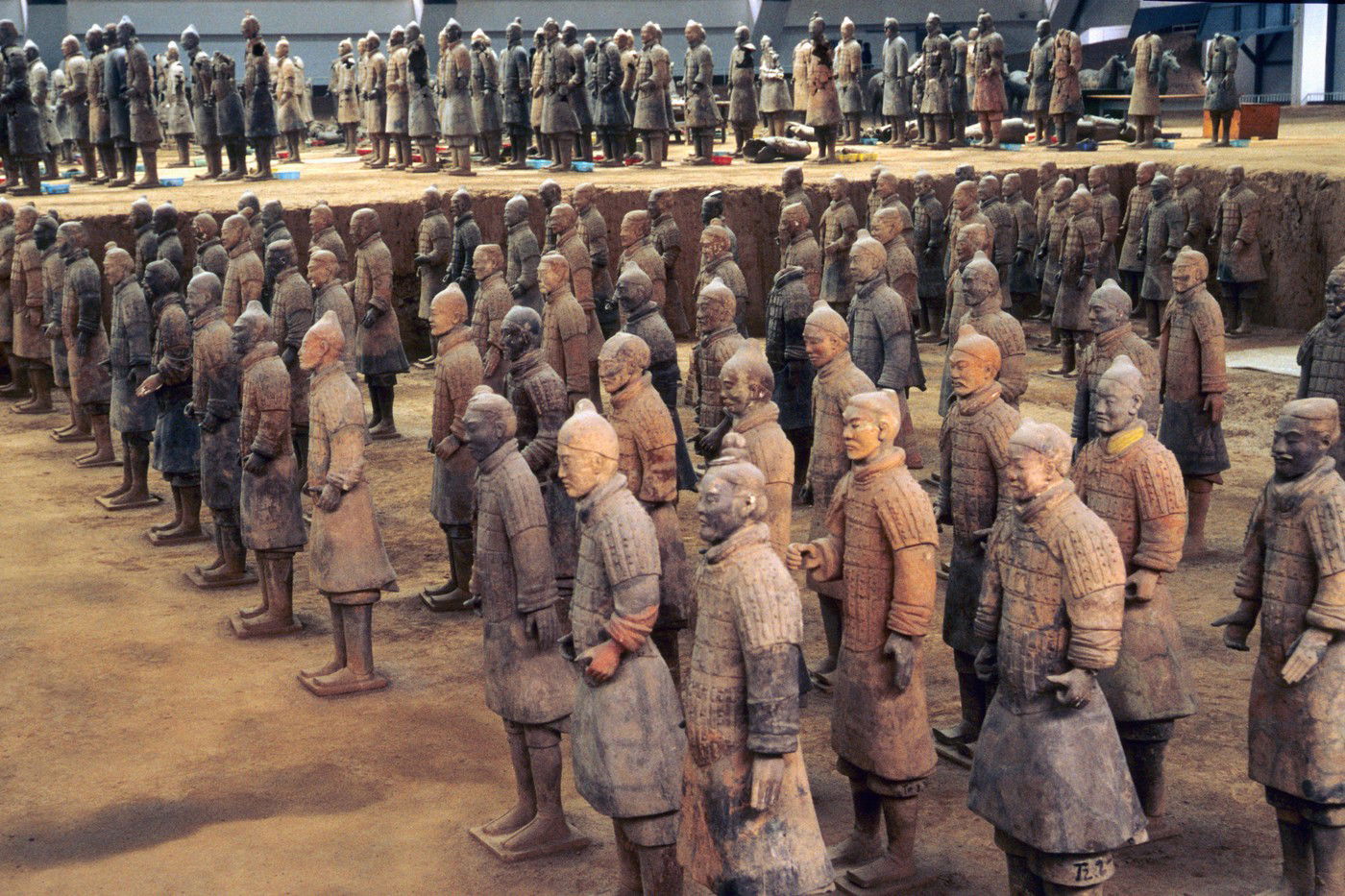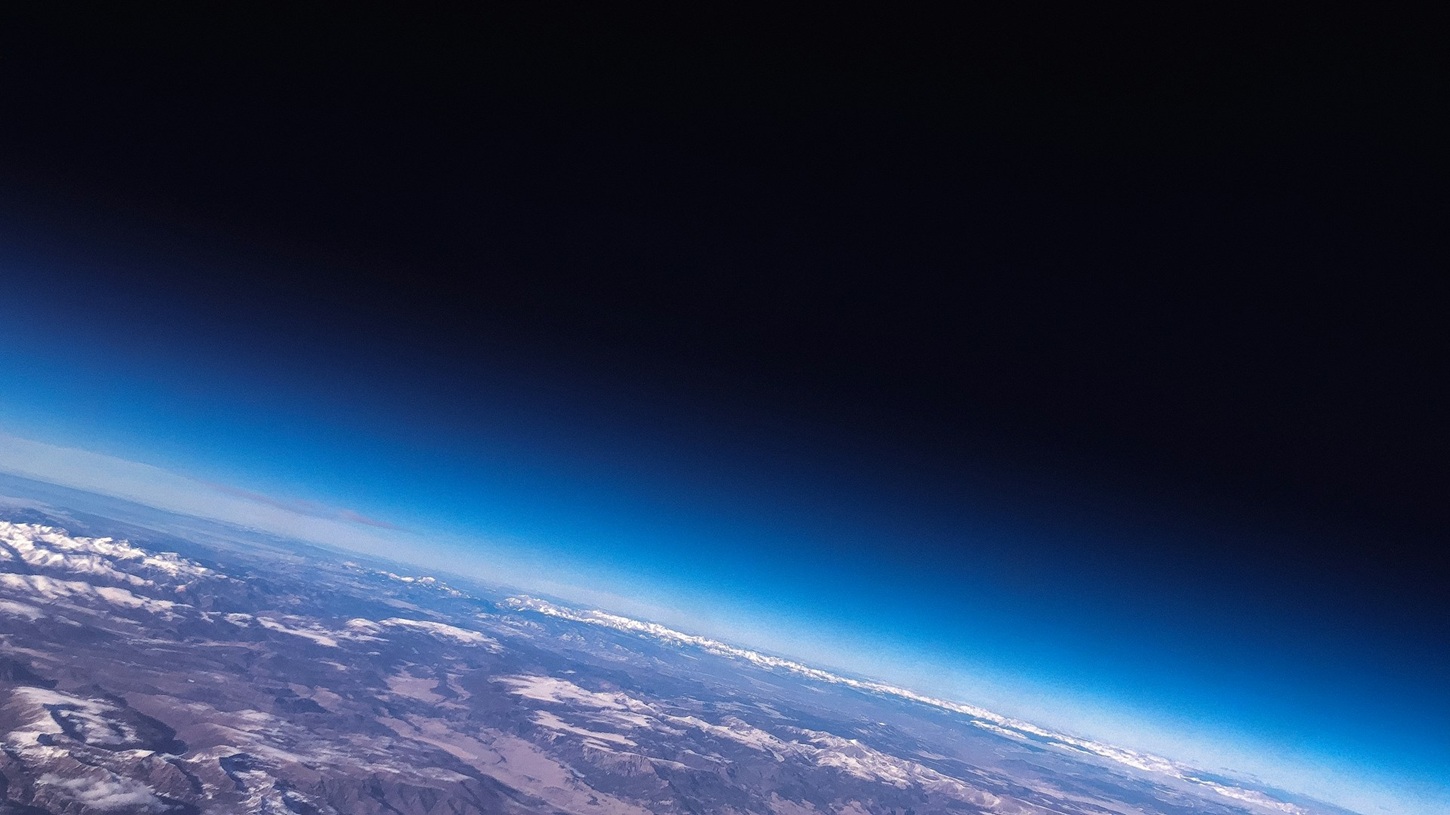It was an important mission for the first stars in the universe. They were made of primordial elements created by the Big Bang, so they contained no metals. Their mission was to manufacture the first metals and spread them throughout the immediate universe.
The James Webb Space Telescope has made some progress in its search for the oldest galaxies in the universe – galaxies The universe today. Can you be successful in your quest for the first stars?
Finding the first galaxies in the universe is an extremely difficult task, but it is also one of the main motivations for building the James Webb Space Telescope. The light emitted by these ancient objects moves into the infrared range, which the telescope excels at detecting. By observing deep light in this range, the space telescope has discovered some of the oldest galaxies.
However, the first stars are much older than the first galaxies. The first stars formed about 50 to 100 million years after the Big Bang, and their light eventually ended the dark ages of the universe. According to astrophysicists, the mass of these stars can reach 1,000 solar masses.
the new Stady the Monthly Notices of the Royal Astronomical Society Published in the journal The lead author is Erik Zachrisson from the Department of Physics and Astronomy at Uppsala University in Sweden.
Due to the lack of efficient coolers and the chemically fragmentation of the unenriched gas, the resulting metal-free stars, i.e. Group III, stars at these early ages are assumed to be very large, typically 10-1000 solar masses.
To see these early massive stars, the James Webb Space Telescope will need the help of gravitational lensing. “Gravitational lensing can make individual high-mass stars detectable, and a number of very magnified stars have been discovered in recent years,” the authors explain. In observed cases, light took more than 12.7 billion light-years to reach us.
Gravitational lensing takes advantage of situations where a massive object, such as a galaxy cluster, is between us and the object we want to observe. When light from the target passes through the object in front, called a gravitational lens, the light is amplified. This makes an invisible object visible.
The first stars are at about z=20 in redshift, and Webb should be able to see this light if he can take advantage of gravitational lensing. If successful, the high-energy telescope could provide evidence of a period in the early universe that we have thus far only understood theoretically: the Epoch of Reionization (EoR).
During the EoR, the universe was dominated by a dense, hazy nebula of hydrogen gas. When the first stars formed, their ultraviolet light re-ionized the gas and allowed the light to propagate. This is a crucial step in the life of the universe, so finding the ancient Pop III stars responsible for it is an important goal.
These first stars are also impressive in other ways. They were massive, millions of times brighter than the Sun, and very short-lived. They exploded as supernovas or collapsed into black holes. Those that became black holes swallowed gas and other stars and became the first quasars in the universe. Astrophysicists believe that these quasars grew through accretion and merger to become supermassive black holes anchored to the centers of galaxies like our own Milky Way.
Those that exploded in the form of supernovae played an equally important role. Elements heavier than hydrogen and helium were formed, and when they exploded, these metals were scattered into space. The stars that formed later also contained some of these metals, and rocky bodies were also formed from the metals. the third. Before population supernovas, rocky planets did not exist, and life certainly was not possible. So these massive ancient stars helped create everything we see around us today.
If the James Webb Space Telescope succeeds, there won't be any pretty pictures of these progenitor stars. Instead, it will be data. Untangling the data and determining whether it contains III. Population stars, a complex task. This effort will push the space telescope and the scientists working with it to the limits.
If Webb can find some of these stars, the pioneering telescope will be even more successful. The instrument and the people who operate it systematically check the boxes on the list of scientific goals.
Worth reading:












































